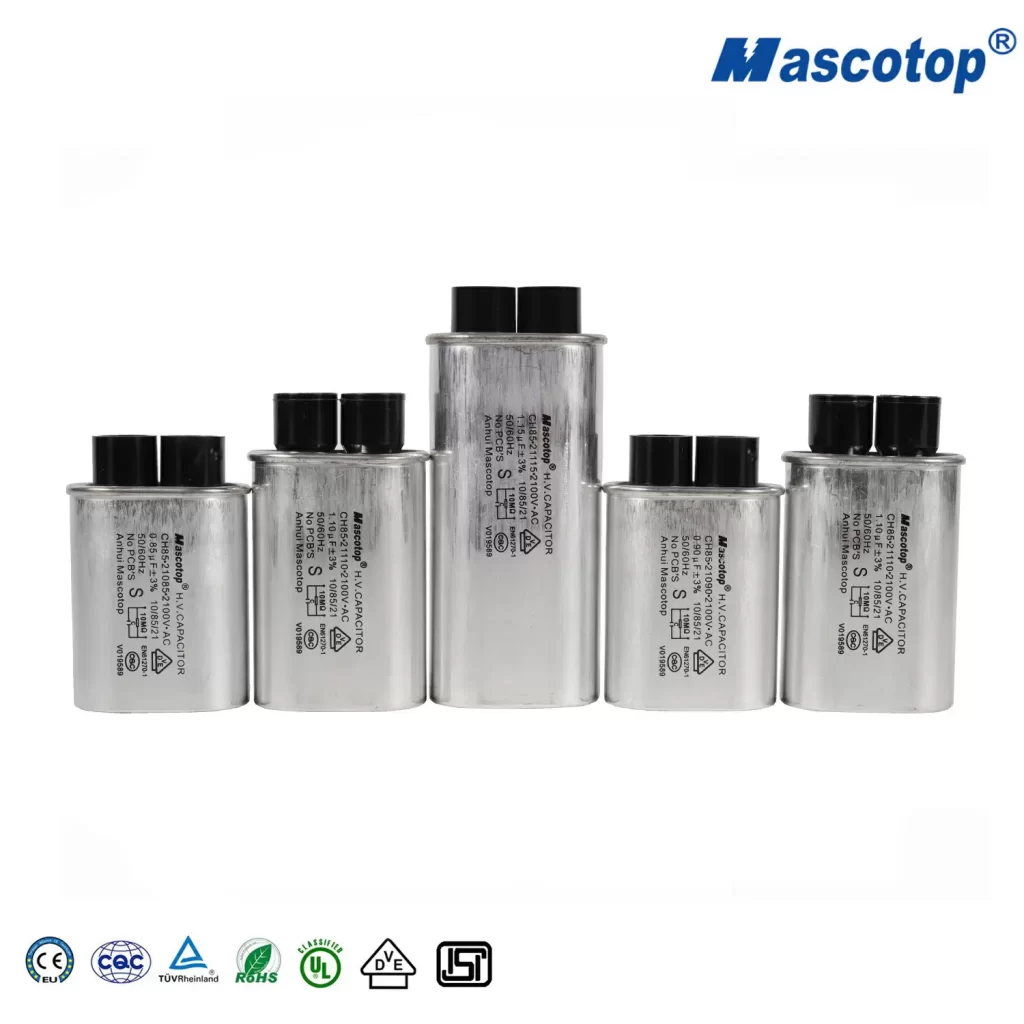
Microwave ovens have become indispensable appliances in modern kitchens, offering quick and convenient cooking solutions. Behind their simple exterior lies a complex system designed to harness microwave radiation for efficient food heating. One crucial component within this system is the diode, which plays a pivotal role in ensuring both safety and functionality.
Table of Contents
Toggle
In a typical microwave oven, the diode is situated in the high-voltage circuit connected to the capacitor and the body of the oven. Its strategic placement within this circuit serves multiple essential purposes, all of which contribute to safe and efficient operation.
One primary function of the diode is to facilitate the rectification of high voltage supplied to the magnetron— the component responsible for generating microwaves. By converting alternating current (AC) into direct current (DC), the diode ensures a unidirectional flow of electricity within the circuit. This unidirectional flow is essential for enabling the proper functioning of the magnetron, allowing it to generate consistent microwave energy required for cooking or heating food items.
When the microwave oven is not in use, the high-voltage capacitor retains an electrical charge. The diode acts as a critical safety feature by preventing this charge from discharging back onto the chassis or body of the oven. It ensures that any residual charge is dissipated harmlessly through the high-voltage transformer, safeguarding users from potential electric shocks when handling or servicing the appliance.
Moreover, the diode serves as a protective barrier against the backflow of current from the high-voltage circuit, thereby shielding other components from potential damage. This is particularly important given the sensitive nature of electronic circuits and the high voltages involved in microwave oven operation.

The reliability and integrity of the diode are integral to the safe and consistent operation of the microwave oven. A malfunctioning diode can disrupt the rectification process, compromise the proper discharge of the capacitor, or lead to potentially hazardous conditions within the appliance.
Periodic inspection and maintenance of the diode, along with other components in the high-voltage circuit, are essential for ensuring the continued safe and efficient operation of the microwave oven. Only qualified professionals should handle repairs and maintenance activities involving these high-voltage components due to the inherent risks associated with high-voltage electrical systems.
In conclusion, the diode in a microwave oven, when integrated into the high-voltage circuit, fulfills vital functions related to rectification, capacitor discharge regulation, and overall safety. Its reliable performance is instrumental in upholding the safe and efficient operation of these ubiquitous kitchen appliances, underscoring the importance of understanding and maintaining this crucial component for both users and service professionals.